
Old insulation with squirrel trap
You can see how uneven and thin the insulation is in this attic. Fiberglass doesn't stop air from moving so the inhospitable attic air was penetrating the fiberglass and effecting the temperature of the ceilings below. It smelled squirrely in there, too.
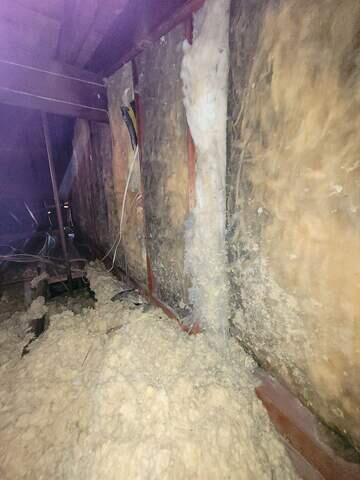
Attic adjacent wall
Look how black the insulation is on the right side vertical wall! That's because fiberglass doesn't stop air from moving. The attic air just blow right thru the fiberglass which acts like an air filter trapping airborne dirt. Let's fix it!
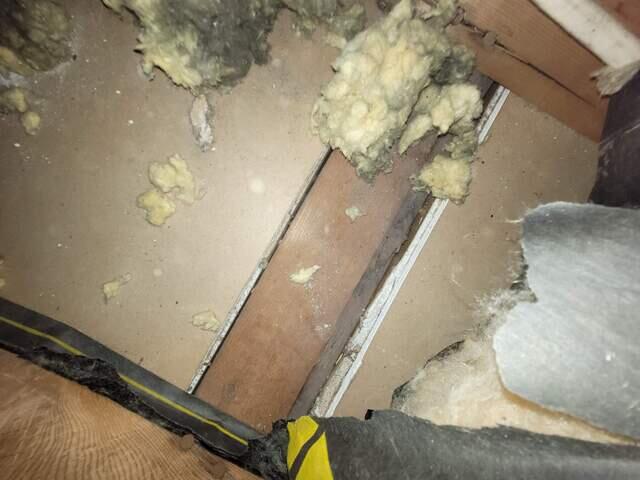
Unsealed wall top
You can clearly see gaps between the drywall ceiling and the top of the 2x4 wall. Air leaks into the attic thru these gaps. That's air this homeowner just paid to heat or cool. Finding the tops of all the walls and filling these gaps with spray foam will make this house much more comfortable while lowering the energy bills.
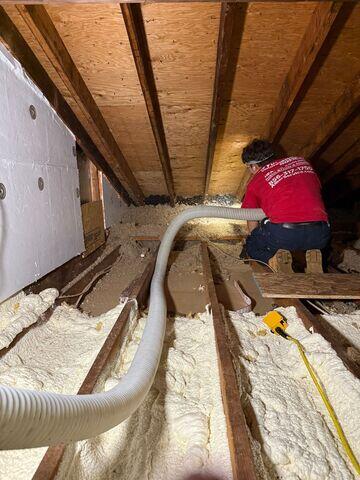
Cameron removing the old insulation
A 25 HP vacuum and a really long hose pull the old insulation right out of the house. It gets blown into giant bags in the back of an empty 16-ft long truck. It's a nice clean process that leaves those wall tops exposed so they can be sealed properly.
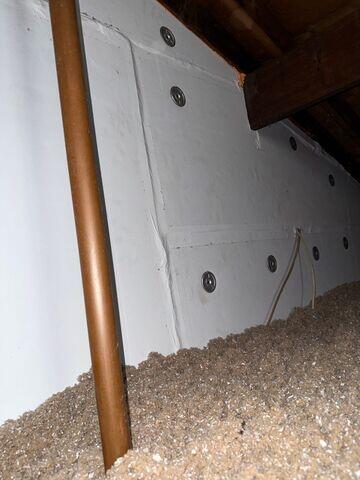
Sealed vertical wall
This is what the vertical wall looks like when it is properly insulated. Rigid foam board over the existing fiberglass raises the insulation value of this wall from R-7 to R-21. That means 66% less heat being transferred thru the wall! Good stuff.
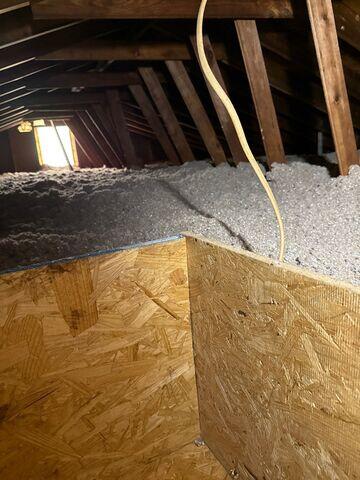
Storage deck and cellulose insulation
There's now an insulated wooden deck in this attic for storage. The deck is insulated with layers of insulation and covered with new plywood. There are 16-in wall built around the deck to hold back the R-60 cellulose insulation. Cellulose doesn't burn, helps sound deaden the rooms below, is not air permeable like fiberglass, and critters avoid it at all costs.
